By Eric T. Baker
Cossacks: Back to War, from CDV for the PC, is the third in the Cossacks series of games. It is a stand-alone simulation with all the gameplay of Cossacks: European Wars and Cossacks: The Art of War wrapped up in one game. C:BtW contains a hundred military missions set in the 16th through the 18th centuries. It adds two new nations, Switzerland and Hungary, to the 18 already in the game. These two countries fought during the period and influenced the development of European military strategies throughout the era.
The detailed historical background is the frame for a challenging strategy game fought in real- time. The addition of Switzerland and Hungary means eight new military unit types in the game, plus 20 new building types for fighting in and around. A bonus module included on the CD adds 30 more new military units and three cannon types. One of these is a camel-riding unit for Algeria and Turkey designated as Bedouin.
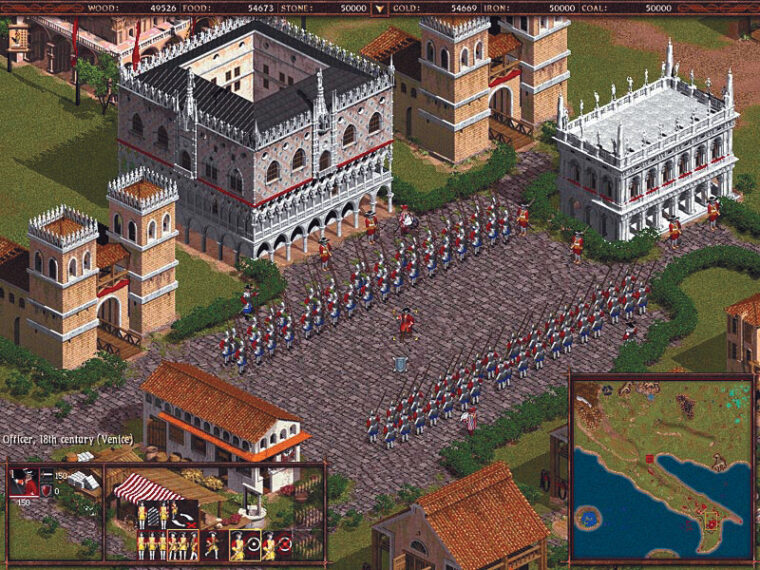
The battles in C:BtW range from small to huge. The game engine can handle up to 8,000 units on a map at once, and the largest maps are 30 screens by 20 screens. All the landscapes and units are in 3-D. The battle can be fought at four different difficulty levels, or players can square off against other humans, up to seven, either online or over a LAN. Online battles can be registered with the Automatic Championship System (ACS) to see how players compare to other players around the globe. Cossacks is not just a great, historically accurate game. It is also a community.
For more modern, more personal warfare, try Combat Flight Simulator 3 to get the feel of piloting World War II aircraft in the European Theater. The game puts the player at the controls of aircraft from the USAAF, the RAF, or the Luftwaffe, including some of the most advanced and exotic aircraft those countries conceived.
In all there are 18 aircraft in the game. For the bombers, the player can fly them to their targets, then take the bombardier or gunner positions to run the attack or defend the plane, respectively.
For the fighters, players have only one station, but they get to fly the famous planes of both sides, including the first jet fighters. All of the planes are shown with 3-D cockpit detail while the game engine ensures accurate performance and damage modeling. The designers have put particular effort into creating highly detailed ground targets. CFS3 can, of course, be played over the Net or a LAN. These encounters can be cooperative multiplayer missions or free-for-all dogfights. Players can also fight their way through the single player campaign game, flying tactical missions in which their success or failure can affect where the front line is, determine what equipment is available to them, and even change the outcome of the war. The campaign world triggers events, spawns aircraft, generates flak, and more, depending on how and where the player flies. Even the pilot character changes. He has stats for Bombing Skill, Vision, and Health and these can improve as the game goes on.
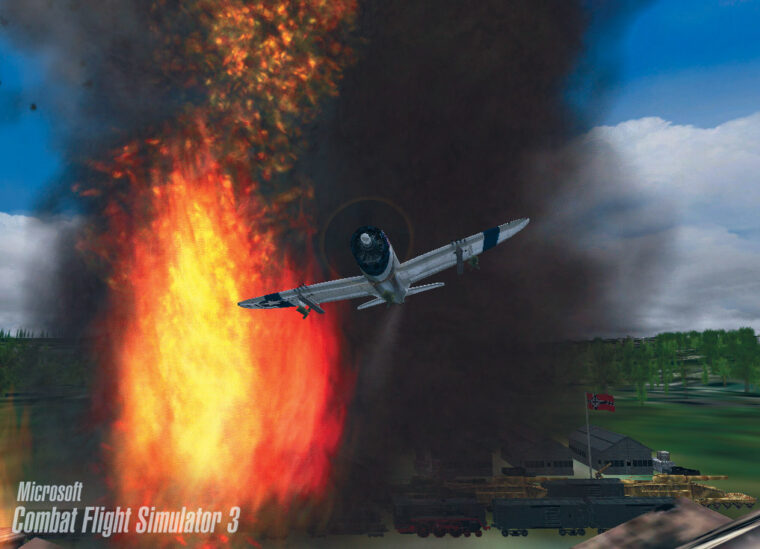
To really enjoy CFS3, and many other PC games, it helps to have the SideWinder Force Feedback 2 joystick. It is one thing to have aircraft piloting simulated with great graphics and good sound, but the experience is undercut by having to fly with a keyboard and mouse.
With the SideWinder, not only does control of the craft feel natural, but the controls actually fight back, resisting the turns and shaking when the airplane takes damage. The joystick has a 16-bit 25MHz on-board processor so it reacts in perfect sync with the action on the screen. A variety of programmable buttons allows the player to keep their hands on the joystick while playing, and the stick twists to control the planes’ rudders. There is also a separate throttle lever for more realistic speed control. The SideWinder makes flying on the computer as fun as it gets.
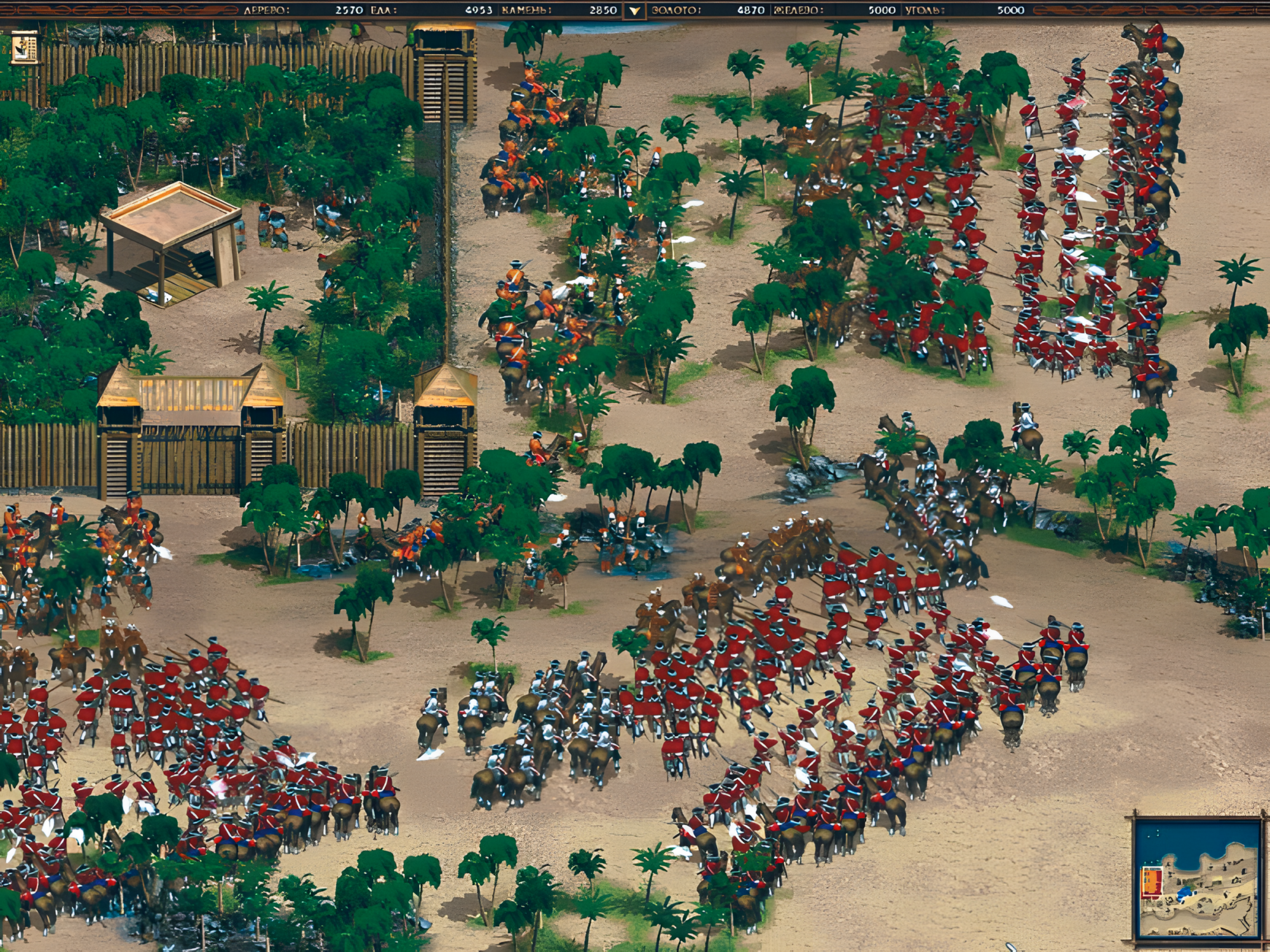
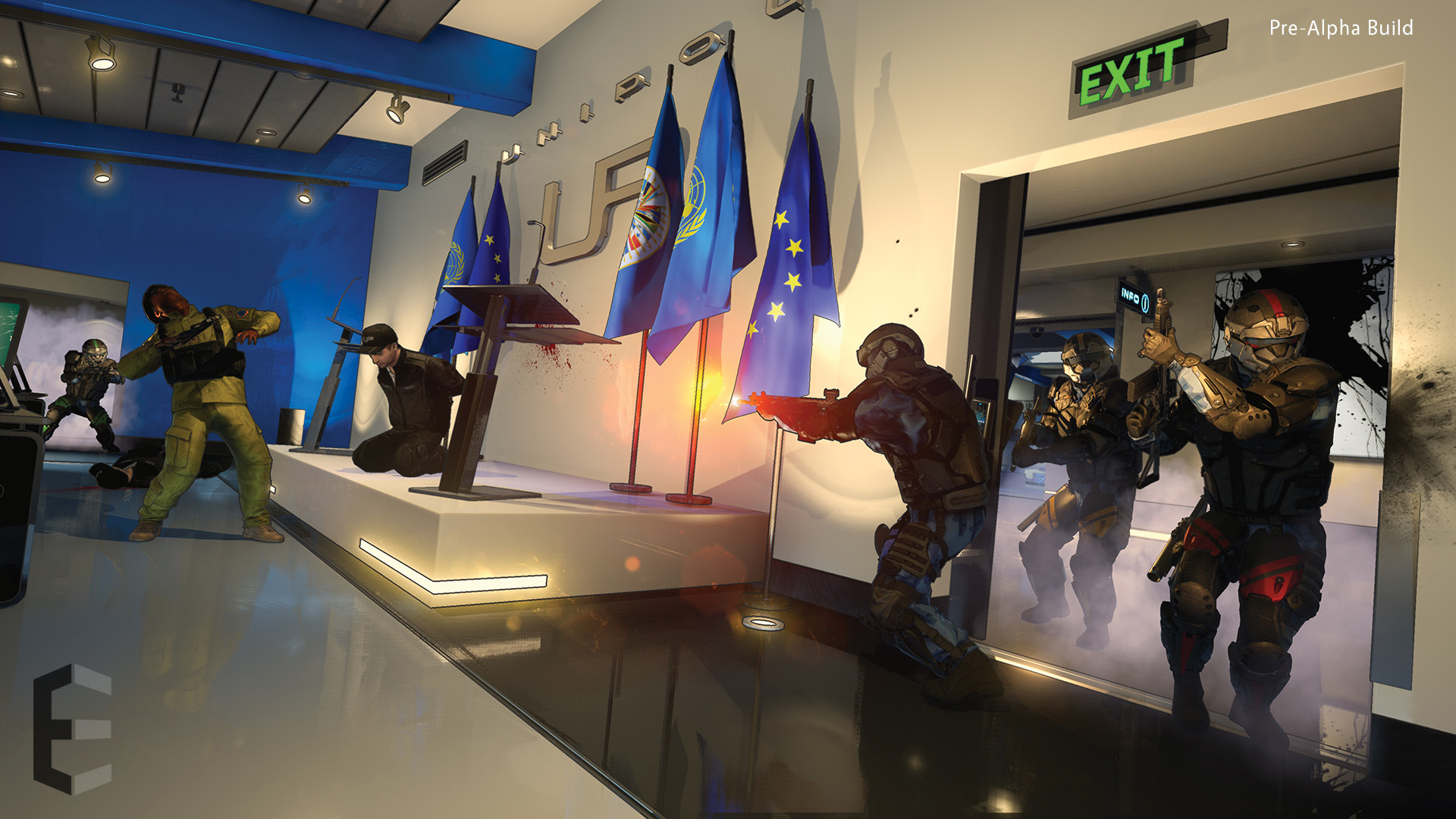

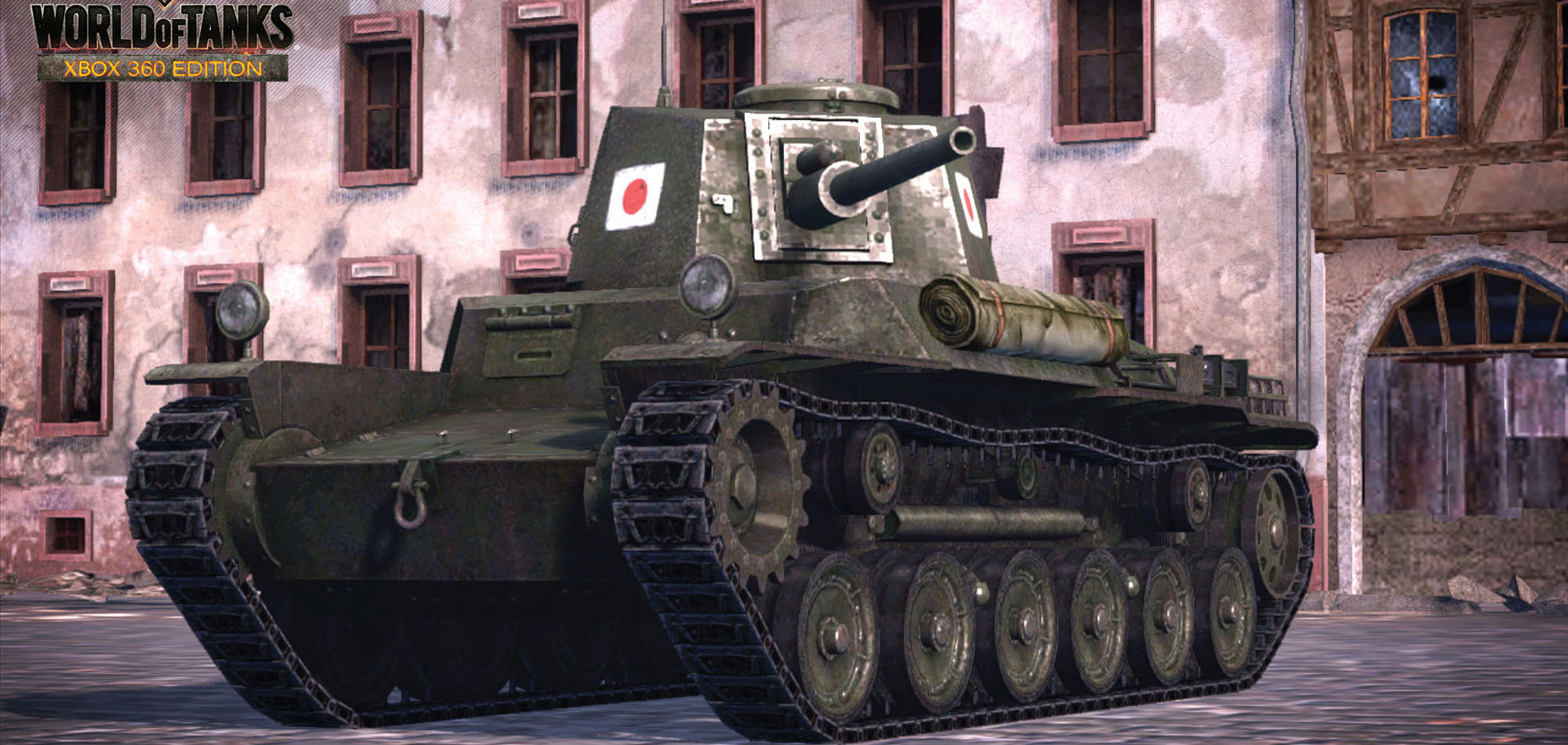
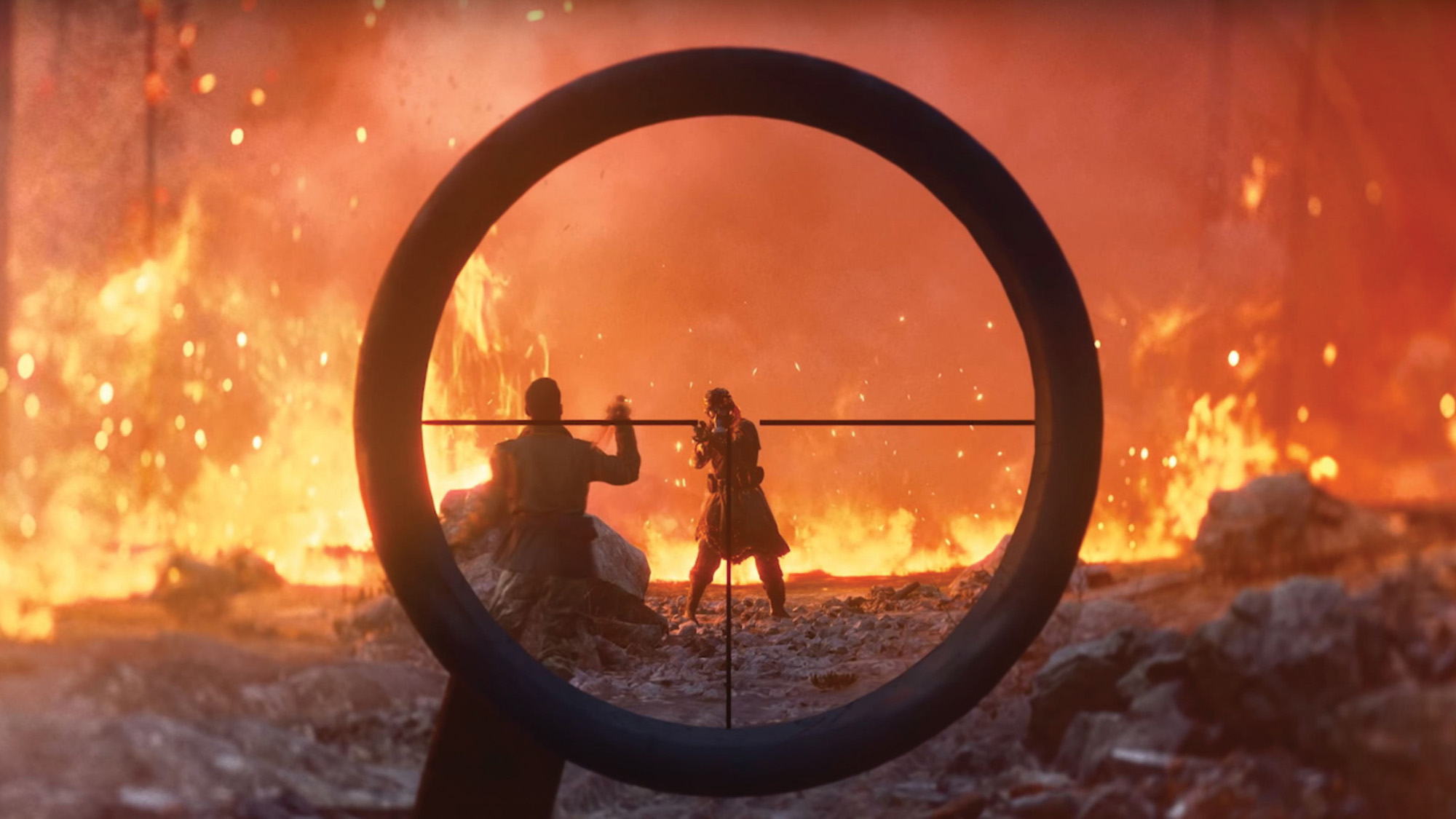
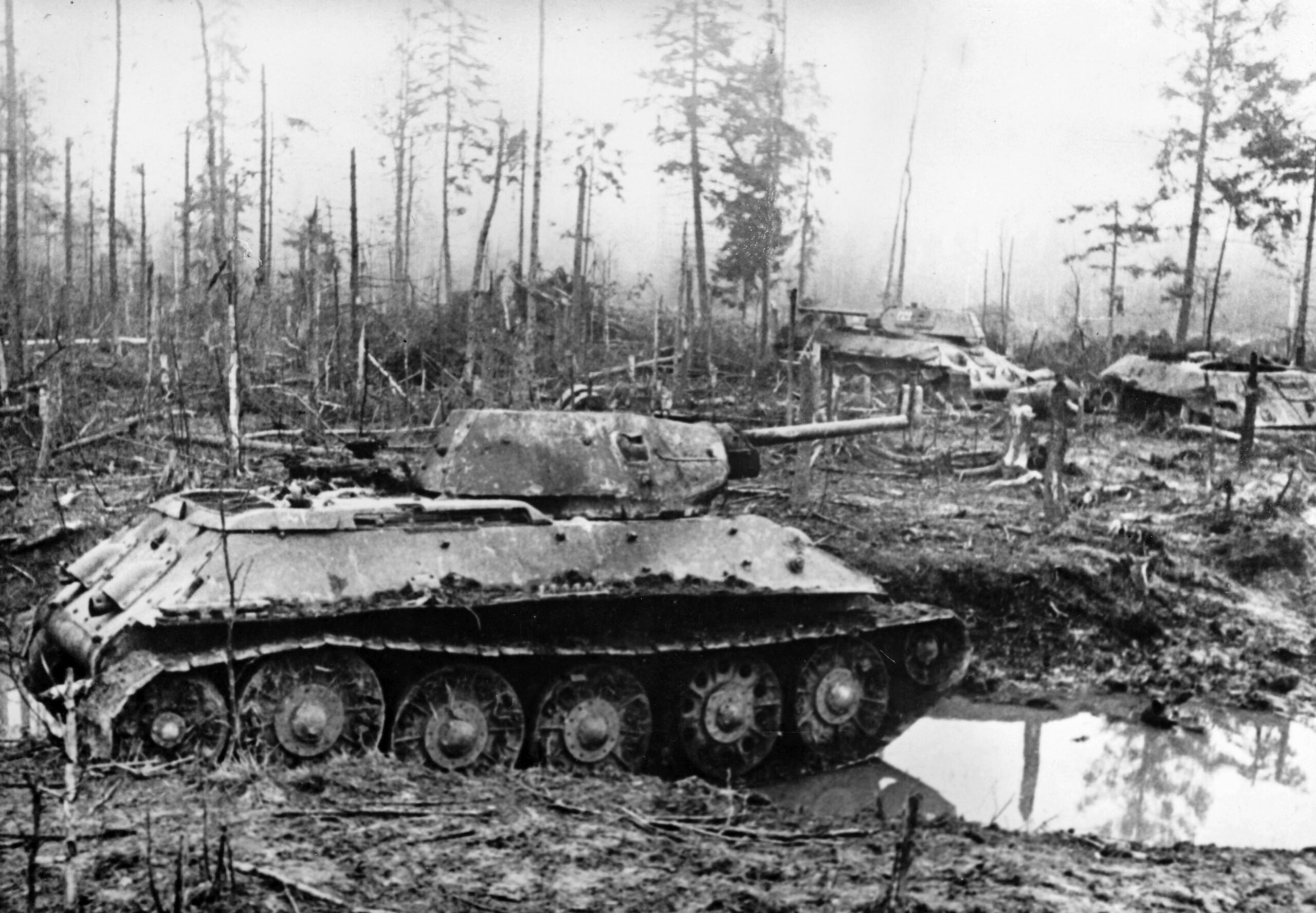
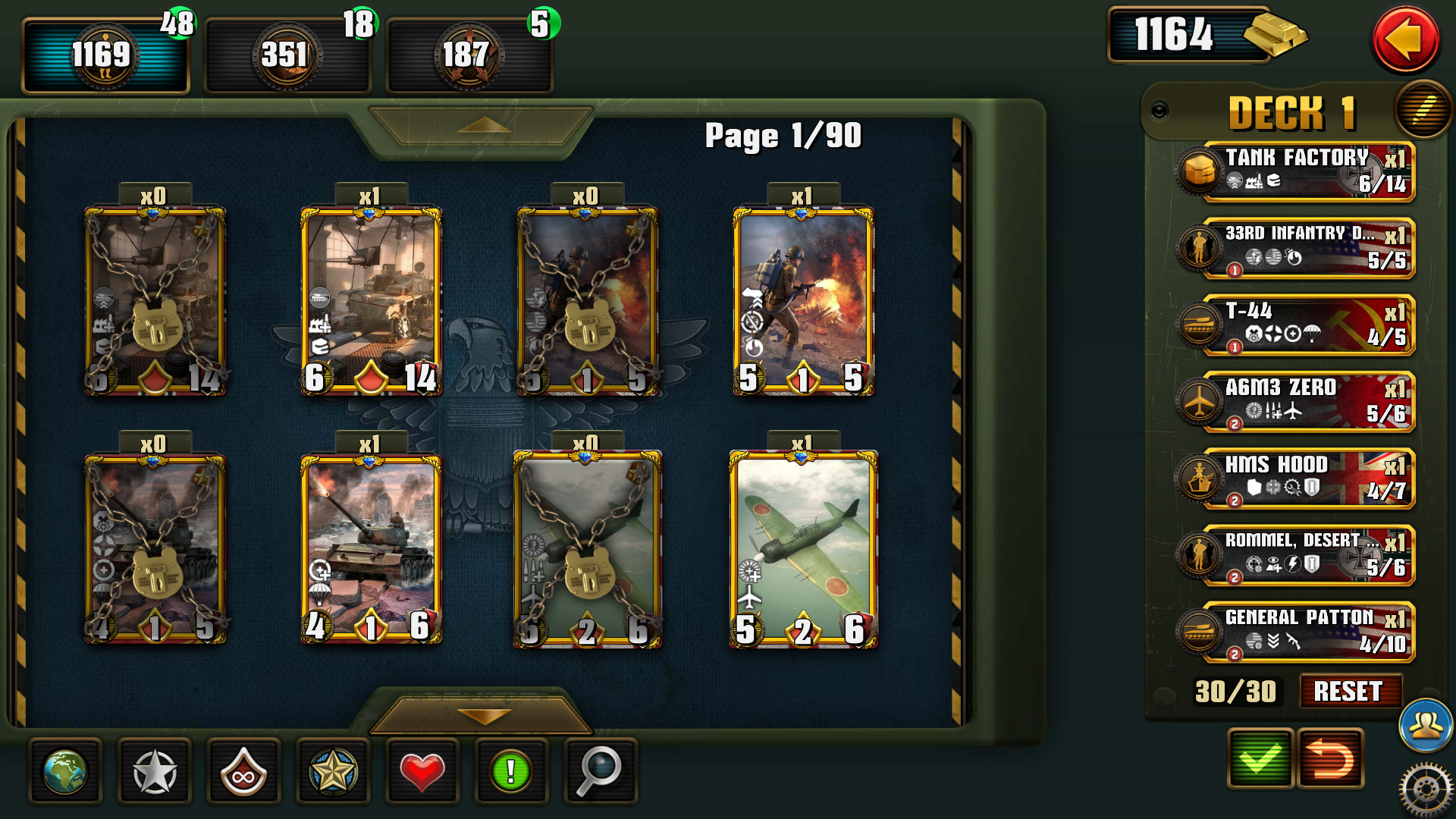
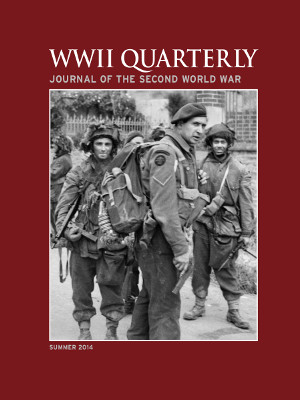
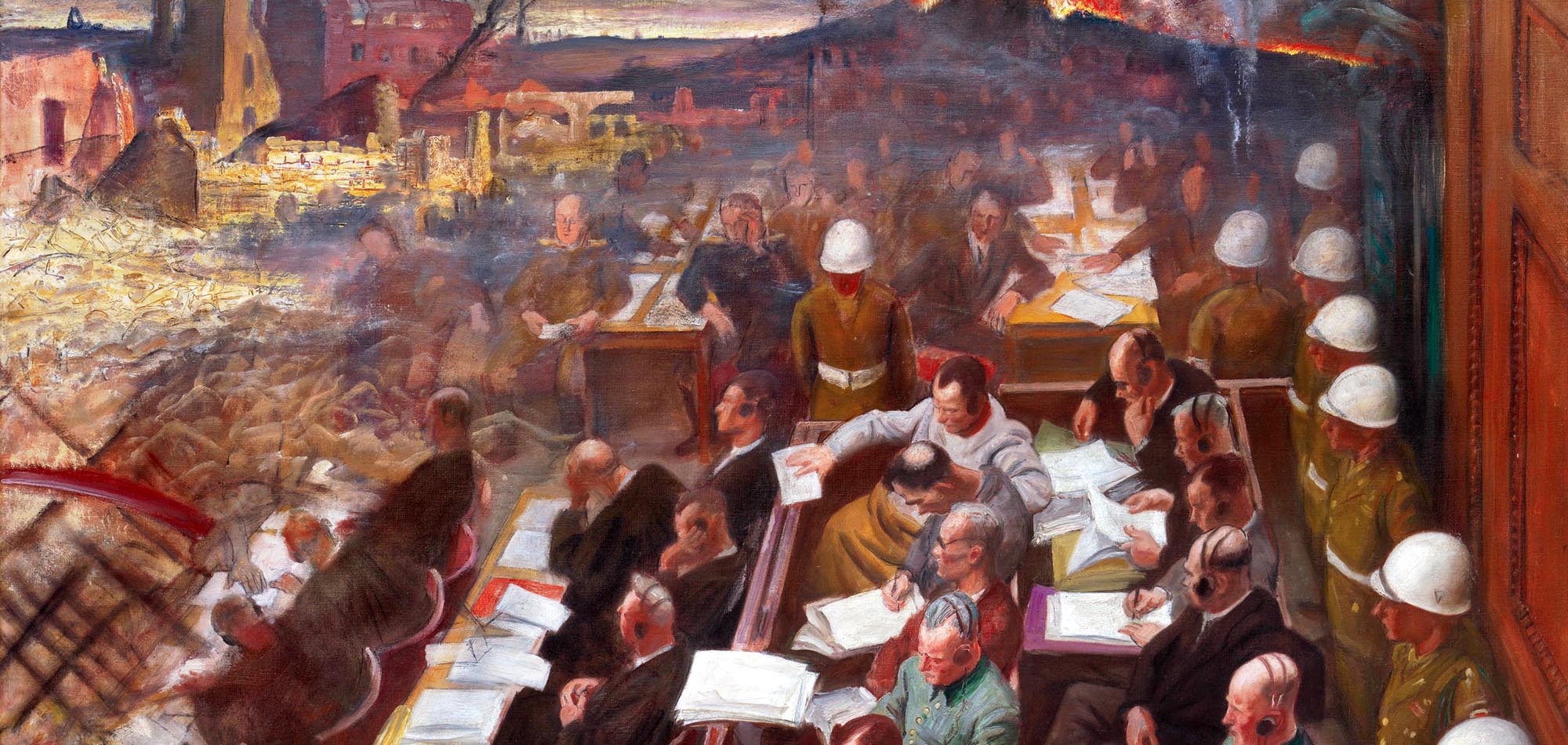
Join The Conversation
Comments
View All Comments